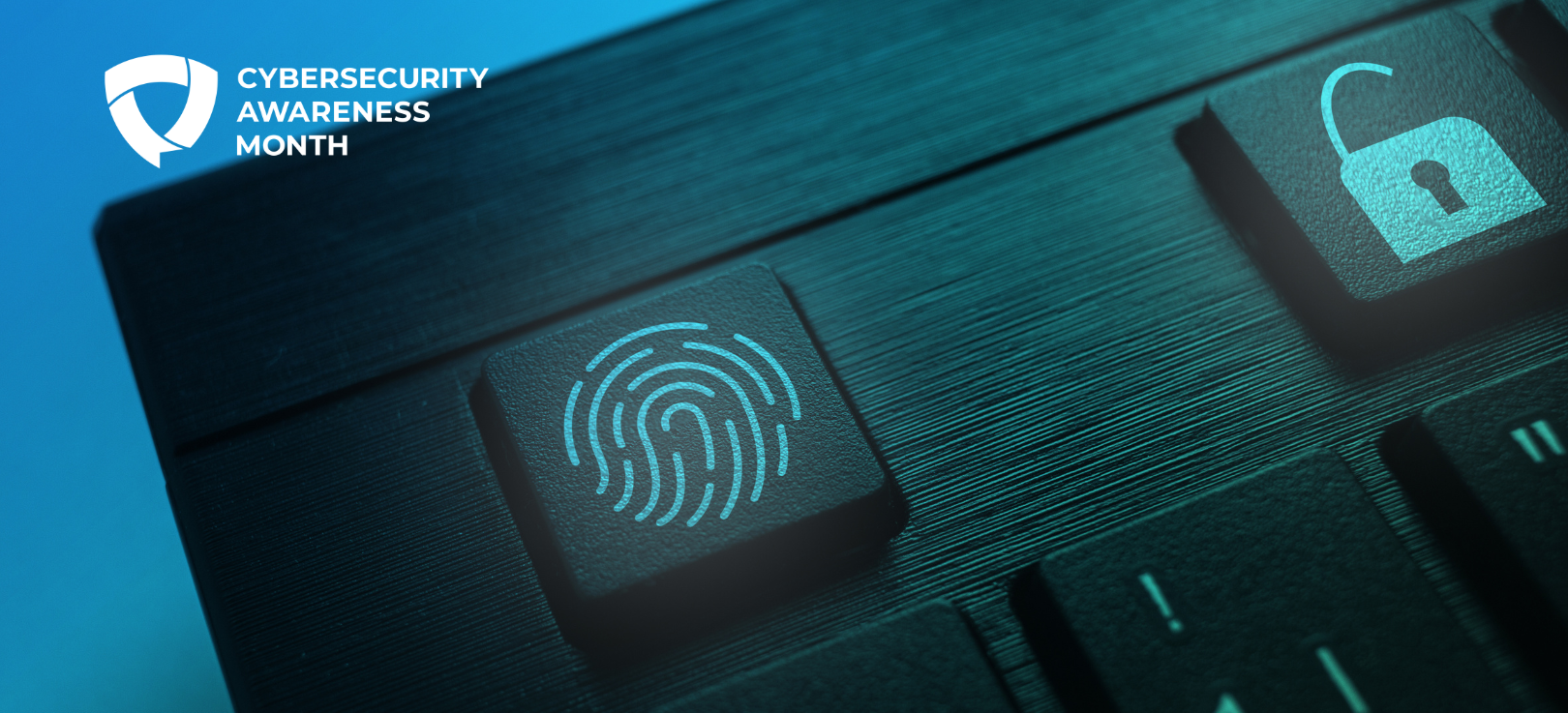
Don’t get caught out! Technology is changing super fast, but knowing about potential digital threats must be a big part of your overall safety plan. Businesses everywhere face constant digital threats and that means risk. Digital criminals and hackers are getting smarter with their tricks, always finding new ways to exploit weaknesses and get into your computer systems. Getting your business ready for any digital security risks is crucial for keeping your private data secure, making your defences stronger, protecting customer information, and making sure your network connection is reliable and safe.
As tech moves forward, so do the threats. In this article, we explore the top cyber threats most likely to affect your business.
1. Phishing & Business Email Compromise (BEC)
Phishing is still one of the most successful ways criminals attack businesses. They pretend to be people you trust, like colleagues, suppliers, or even bosses, to try and steal private information or money. Business Email Compromise (BEC) often targets people in billing, supplier management, and admin roles who deal with money transfers.
These attacks are getting very clever. Criminals do lots of research on their targets using social media and company websites. They write very believable emails that look just like normal work messages, making them hard to spot.
2. Ransomware
Ransomware attacks have changed from random hits to carefully planned, sophisticated operations. They scramble your crucial systems, databases, or customer data, basically shutting down your services until you pay a ransom. Modern ransomware groups use a double extortion trick: they not only lock up your data but also threaten to share your sensitive information publicly if you don’t meet their demands. A 2024 report found that the typical cost of a ransomware attack, not even counting the ransom payment, reached £4.3 million, showing just how massive the recovery costs are.
Even a short period of downtime can cause huge financial losses, hurt your reputation, destroy customer trust, and lead to fines. Getting back up and running can take weeks or months, and paying the ransom doesn’t guarantee you’ll get your data back.
3. Insider Threats
Not every danger comes from outside. Insider threats come from current or former employees, contractors, or business partners who already have proper access to your systems and data. These threats can be intentional (e.g., an unhappy employee stealing customer data) or simply an accident (e.g., an employee falling for a phishing trick or setting up security controls incorrectly).
The harm can include data breaches, theft of trade secrets, or deliberate damage to essential systems.
4. DDoS Attacks
A Distributed Denial of Service (DDoS) attack completely overwhelms networks, websites, or communication platforms by flooding them with a massive amount of traffic from many different sources. This makes the services unavailable for normal users. They stop business operations, keep customers from reaching your services, and push your computer systems to breaking point.
DDoS attacks are sometimes used as a distraction to occupy the security team whilst other harmful activities happen quietly in the background. They can also be used for blackmail, with criminals demanding money to stop the assault.
5. SIM-Jacking
SIM-jacking, or SIM swapping, happens when criminals trick mobile phone companies into moving a victim’s mobile number to a SIM card the criminal controls. Once they do this, attackers can stop text messages and phone calls, including those containing Two Factor Authentication (2FA) codes, which are used to prove you are who you say you are. This gives them access to email accounts, banking apps, crypto wallets, and other services linked to that mobile number.
The attack takes advantage of phone company systems and can target anyone, from regular staff to senior executives who have access to crucial business systems.
6. Router & Infrastructure Attacks
Routers and network systems are the backbone of business internet access, but people often forget to secure them. Hackers exploit old software, standard factory passwords, or known vulnerabilities to take control of network devices. Once a device is compromised, attackers can read your traffic, send users to malicious websites, or use your system as part of a botnet (a network of hacked computers used to launch attacks).
Small and medium sized businesses are particularly at risk because they may not have dedicated IT security staff to properly look after their equipment.
7. IoT Vulnerabilities
Internet of Things (IoT) devices like smart cameras, printers, thermostats, and sensors have created many new ways for digital criminals to get in. Many IoT devices are made to be easy to use, not secure, so they often have weak default passwords, rarely get security updates, and aren’t powerful enough for strong encryption.
Poorly secured IoT devices on a business network can be hijacked to launch attacks, spy on organisations, or be used as easy stepping stones to get to more important targets on the network. A hacked smart camera or printer can give attackers a crucial first entry point.
Cyberattacks like Phishing, Ransomware, and Insider Threats are serious risks to your business’s money and reputation. Training your team and constantly updating your software mean that you can always stay safe.
Looking for fast, safe and reliable telecoms solutions for your business?
At Alfonica, we don’t let you wait around for slow connections or unreliable service!
Speak to an expert for free today on 0330 135 5000 or request a free quote here to upgrade your operations.



